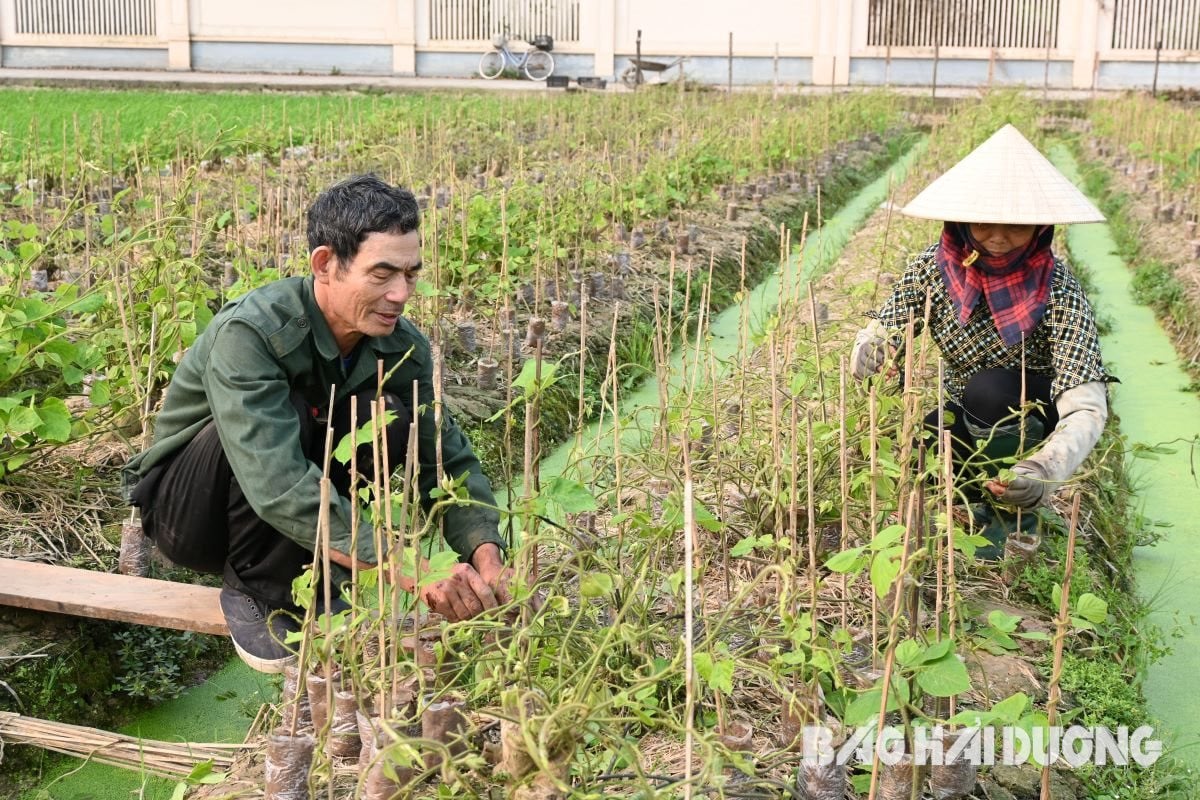
"Hello, Mr. Vinh, please give me 400 cassava sprouts." "Okay, but you have to wait until the beginning of the month, because this month is fully booked, I will give them to you at the beginning of next month." "Yes, when you can cut them, I will call you to pick them up" - that is one of the daily phone calls from customers ordering cassava sprouts from Mr. Nguyen Duy Vinh, Hue Tri 1 residential area, An Phu ward (Kinh Mon).
With more than 20 years of experience in the cassava germination business supplying the market in and outside the province, Mr. Nguyen Duy Vinh has accumulated experience in selecting the type of cassava that suits the needs of the people, how to prevent pests and diseases so that the cassava germination is healthy, gives high yield, and is trusted by garden owners. Each crop, he sells 350,000 - 400,000 cassava germinations to the market, earning over 200 million VND. Many customers in Hai Phong, Hung Yen, Thai Binh, Thanh Hoa come to order directly from the garden.
Mr. Vinh shared: The work of germinating cassava is carried out by people from December of the previous year, including the steps of buying alluvial soil, drying it, crushing it, mixing it with organic fertilizer and putting it in the pot. When the cassava harvest season comes, choose a beautiful cassava garden with high productivity to take the roots to germinate. Take advantage of the onion and garlic beds after harvest, use a hoe to dig holes in the soil to bury the cassava roots. Water and fertilize daily. When the cassava roots sprout about 30-50cm, they will be transferred to the pot. This is the most difficult step, the worker must have a lot of experience from determining to burn it, carefully burying it deep in the pot, using bamboo sticks to keep the pot always fixed and continue to fertilize and water regularly. After 10-12 days, the roots have developed to cover the pot, then cut the sprouts from the roots and they can be planted.
Cassava germination is not hard work but requires experience, caution, and meticulousness, so it is difficult to hire labor to help. Although busy and customers often urge, most cassava germination households have to do it themselves. The person in front removes the vine shoots, dips them in a rooting stimulant solution, the person behind buries the cassava shoots in the soil and pins them in place. Just like that, the cassava germination work lasts continuously from February to April of the lunar calendar every year.
Ms. Nguyen Thi Don, Vu Xa village, Thuong Quan commune, said that there are many types of cassava, but the two common varieties are small-leaf cassava and medium-leaf cassava. Small-leaf cassava has many tubers and is light on the trellis. Medium-leaf cassava has large tubers, more starch, and a denser trellis. Depending on the soil quality and cultivation area, growers choose the appropriate cassava variety.
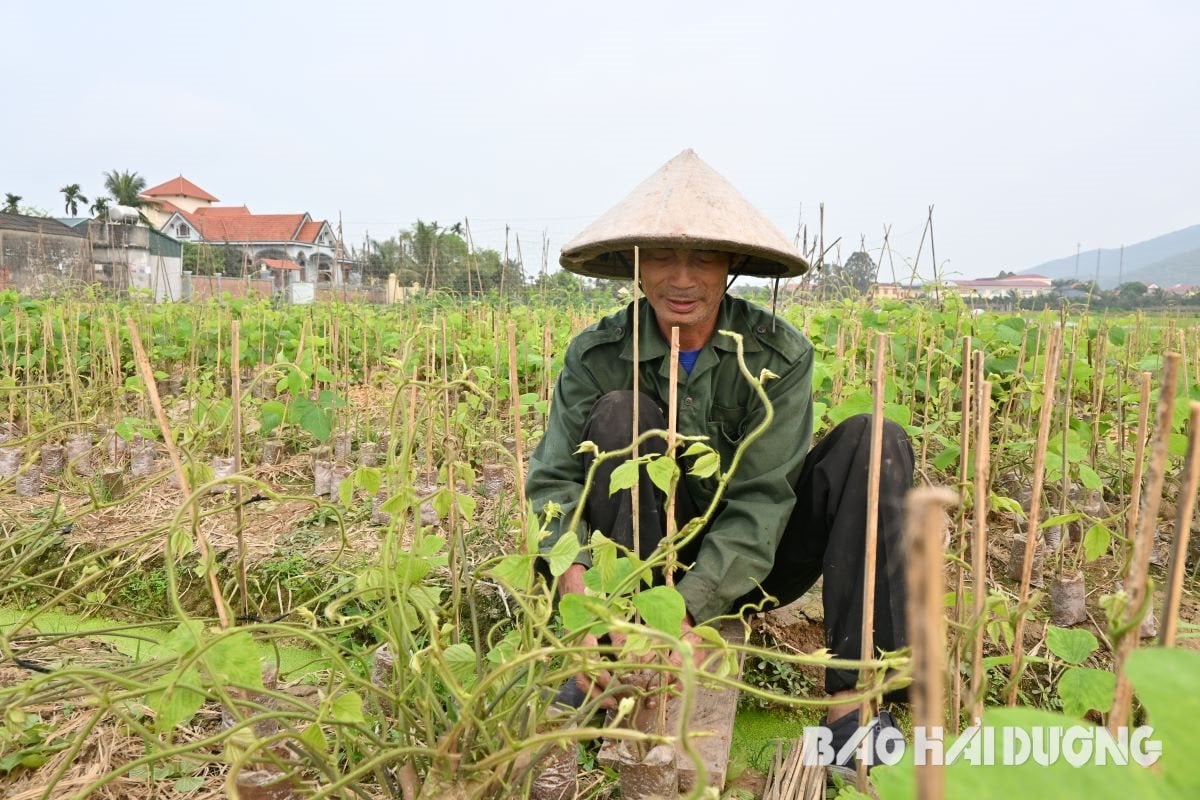
The good news is that in recent years, households growing cassava sprouts have had a good income, and all the sprouts are purchased by customers. Mr. Tran Quang Thong (Hai Phong) said: "On average, each year I buy from 14,000 to 16,000 cassava sprouts to plant and supply to households. The cassava sprouts here are of good quality, disease-free, and have high productivity and quality."
The town currently has nearly 20 households growing cassava sprouts, supplying the market with over 2 million sprouts/crop/year. Currently, the selling price is from 12,000 - 15,000 VND/sprout, after deducting investment costs, people earn a profit of 50 million VND/sao. The production of cassava sprouts not only meets local production needs, but also provides quality seeds for many provinces and cities. After the cassava sprouting season, people produce an additional crop of summer rice and grow onions and garlic in the winter.
Source



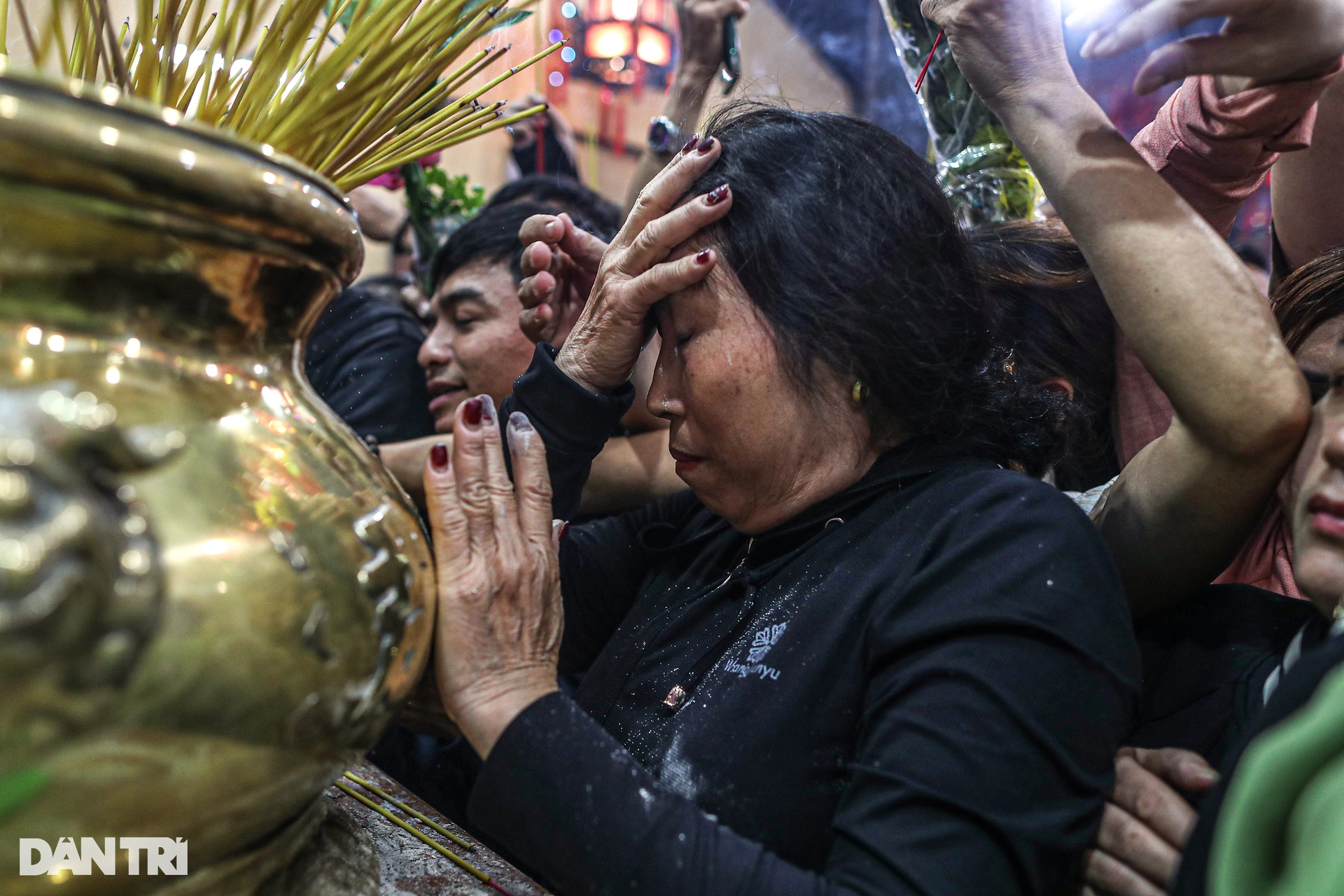
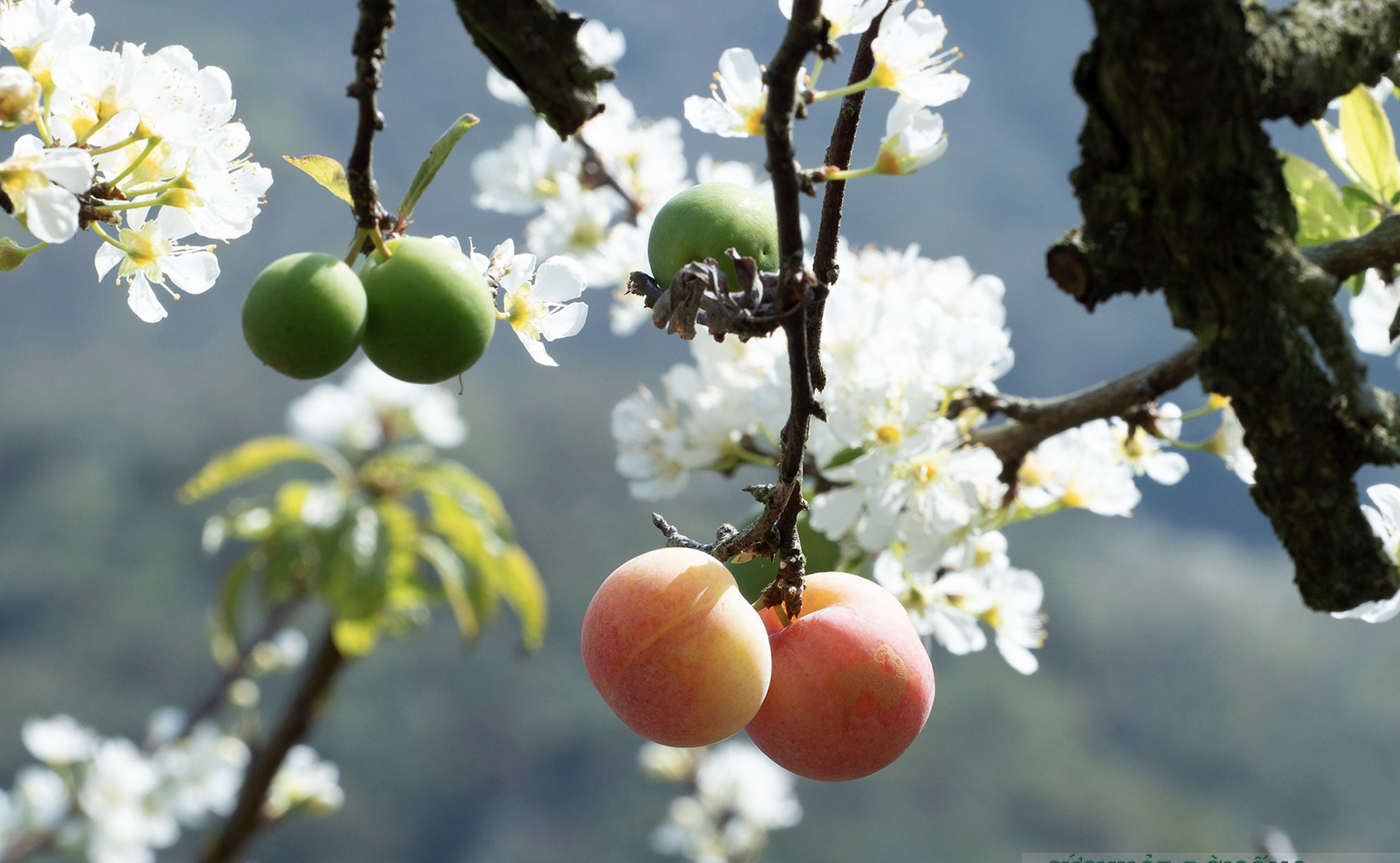
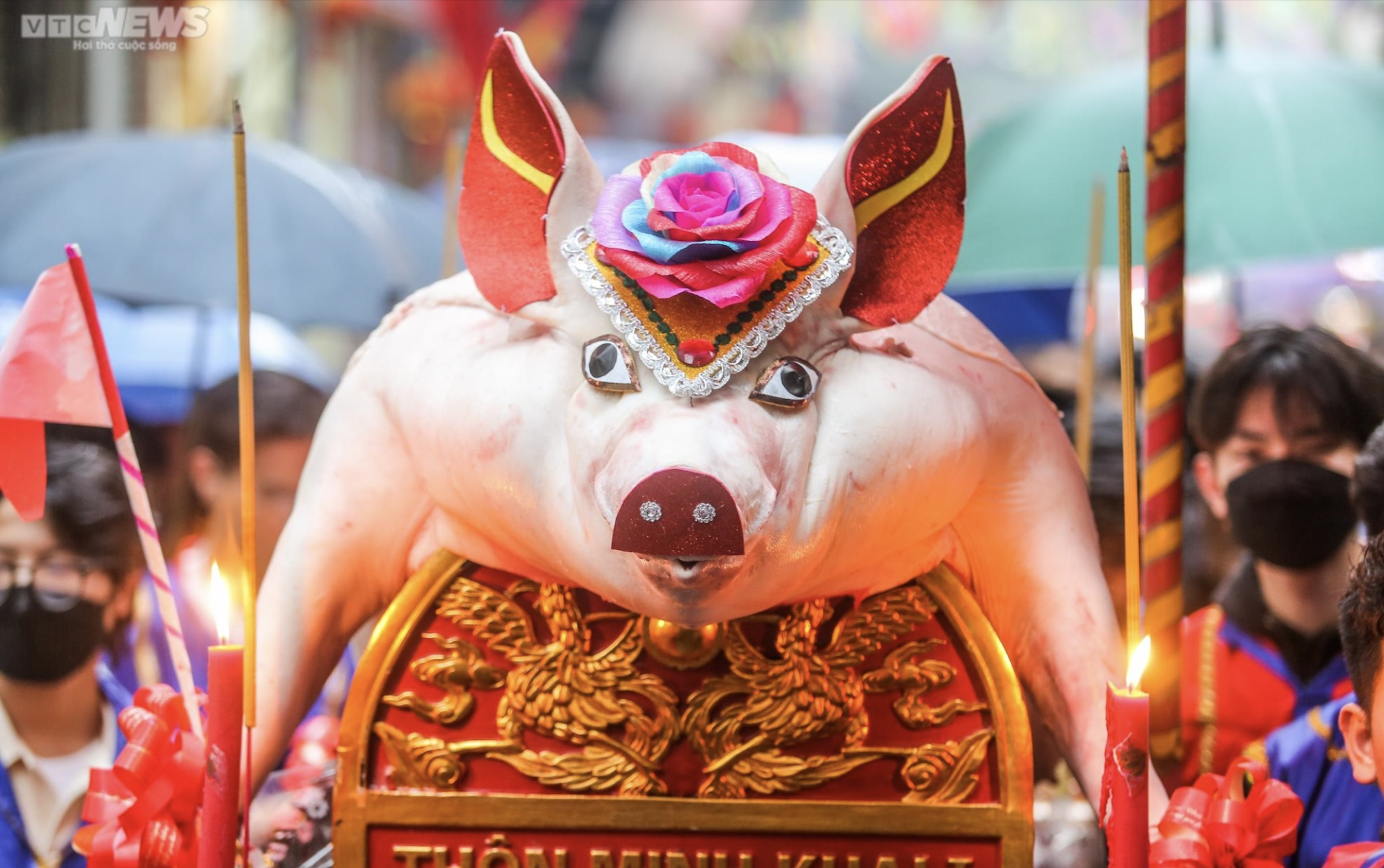
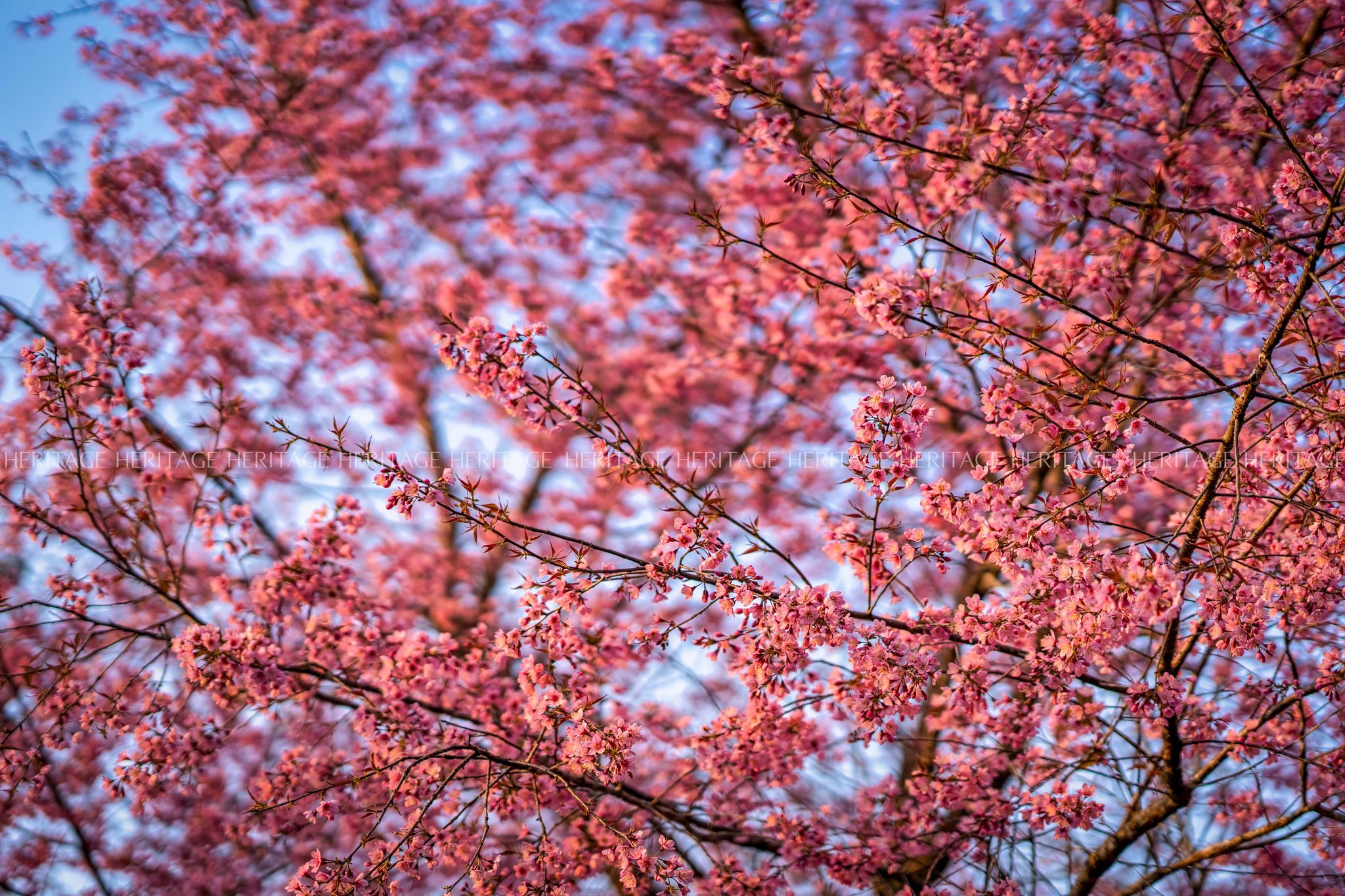


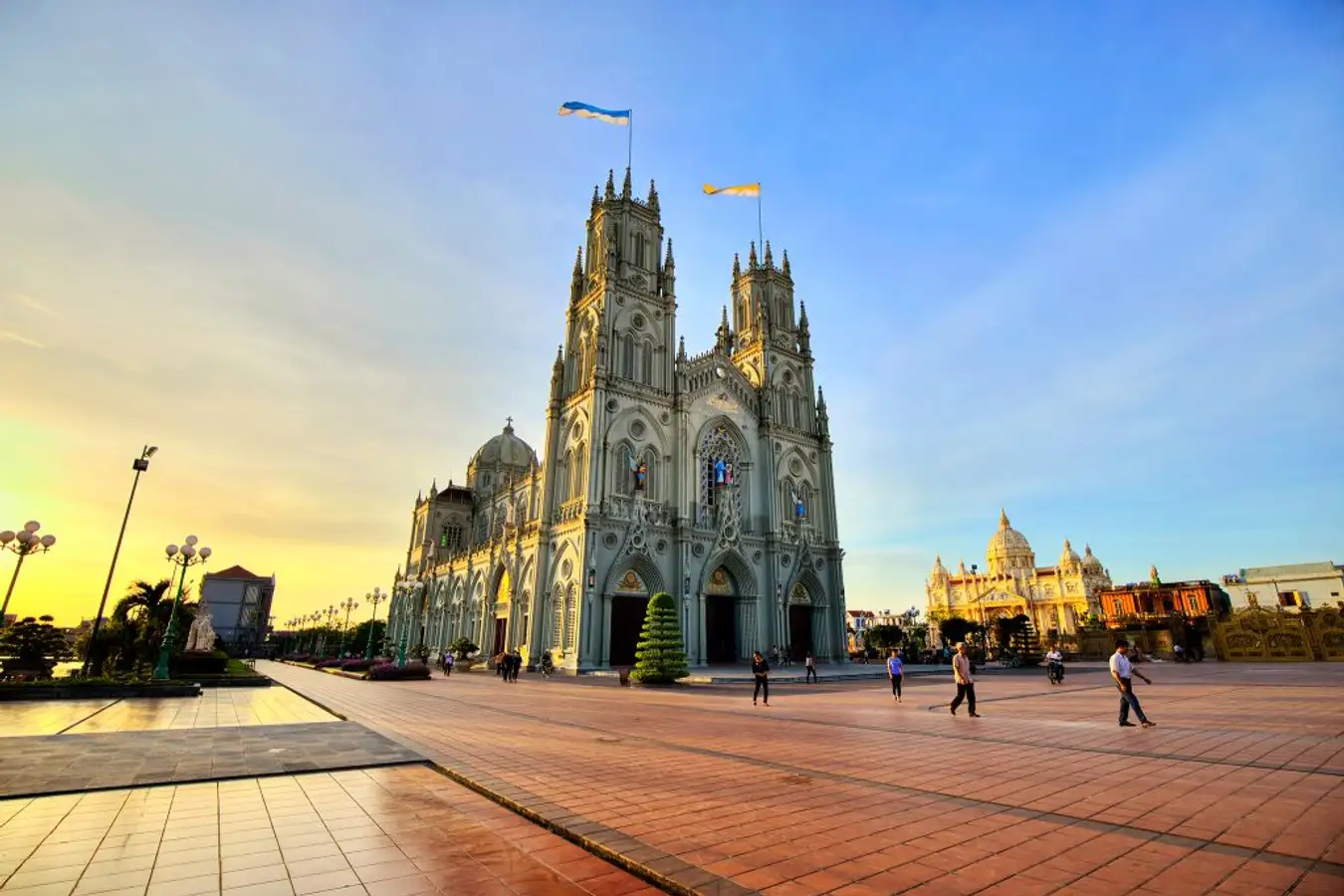




















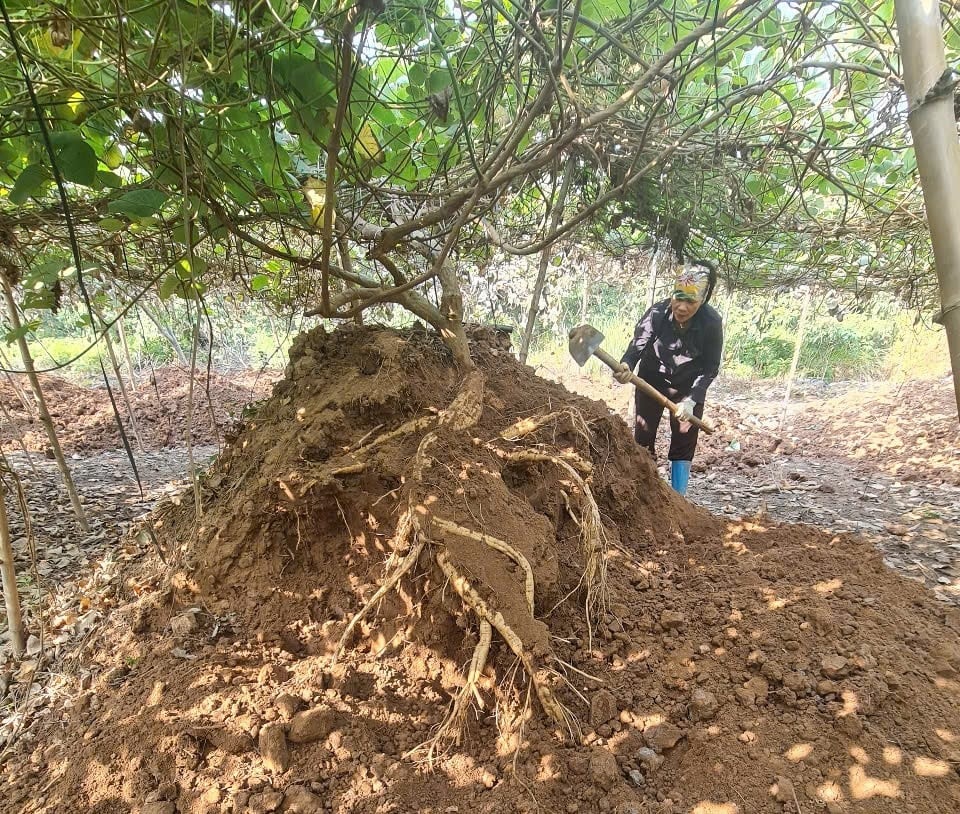
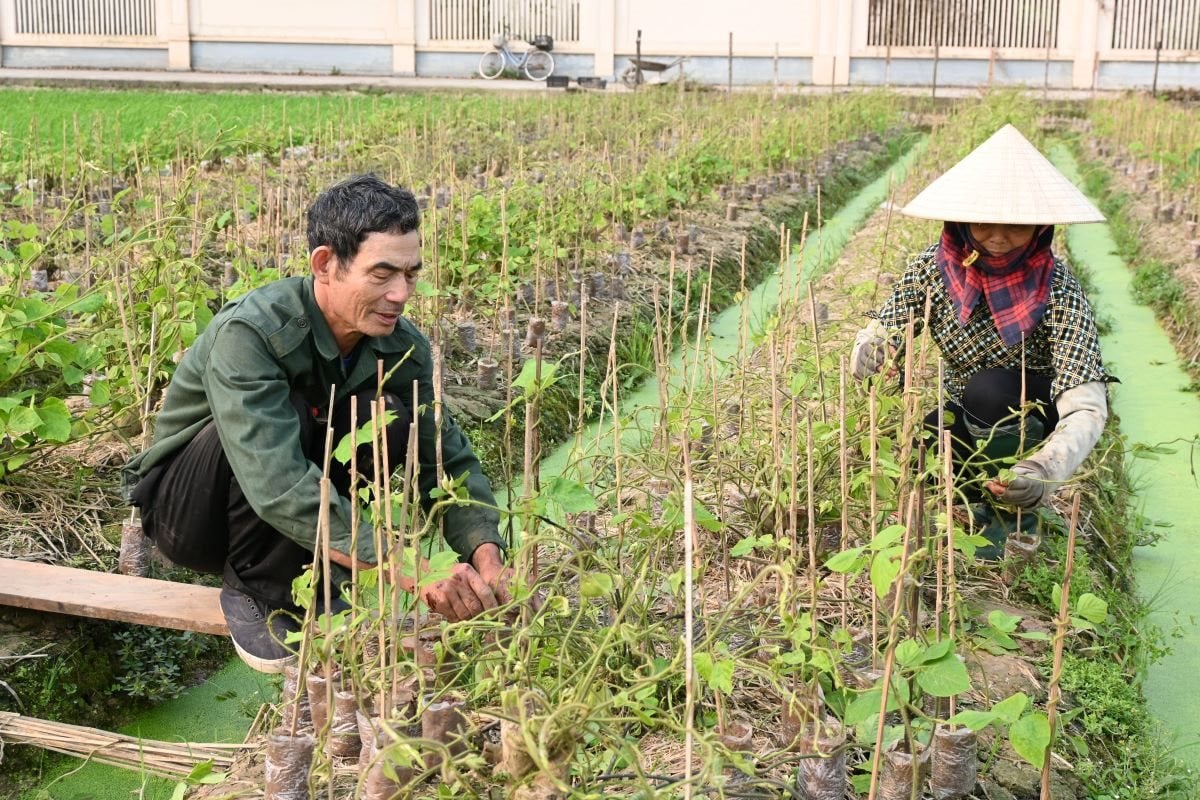

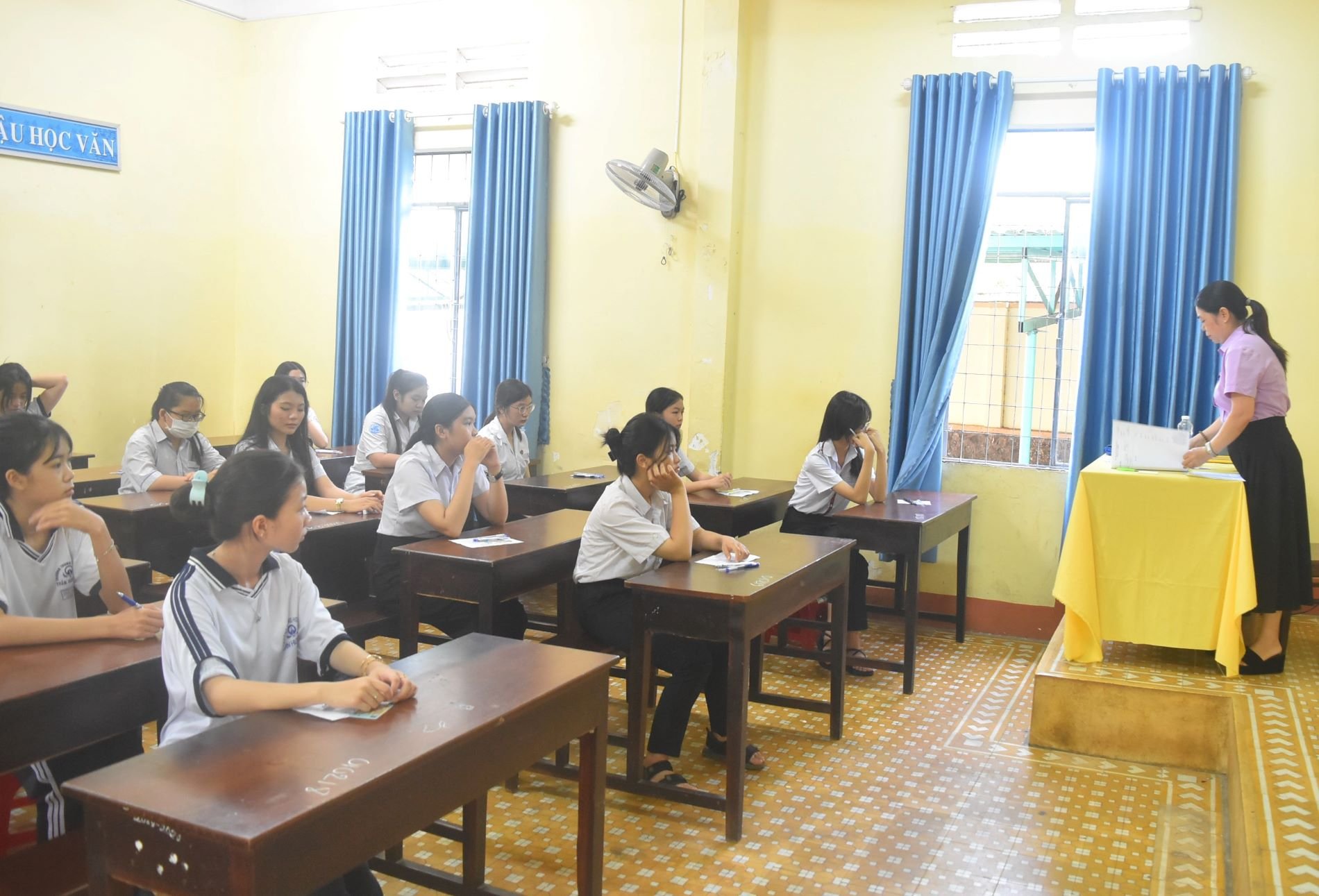
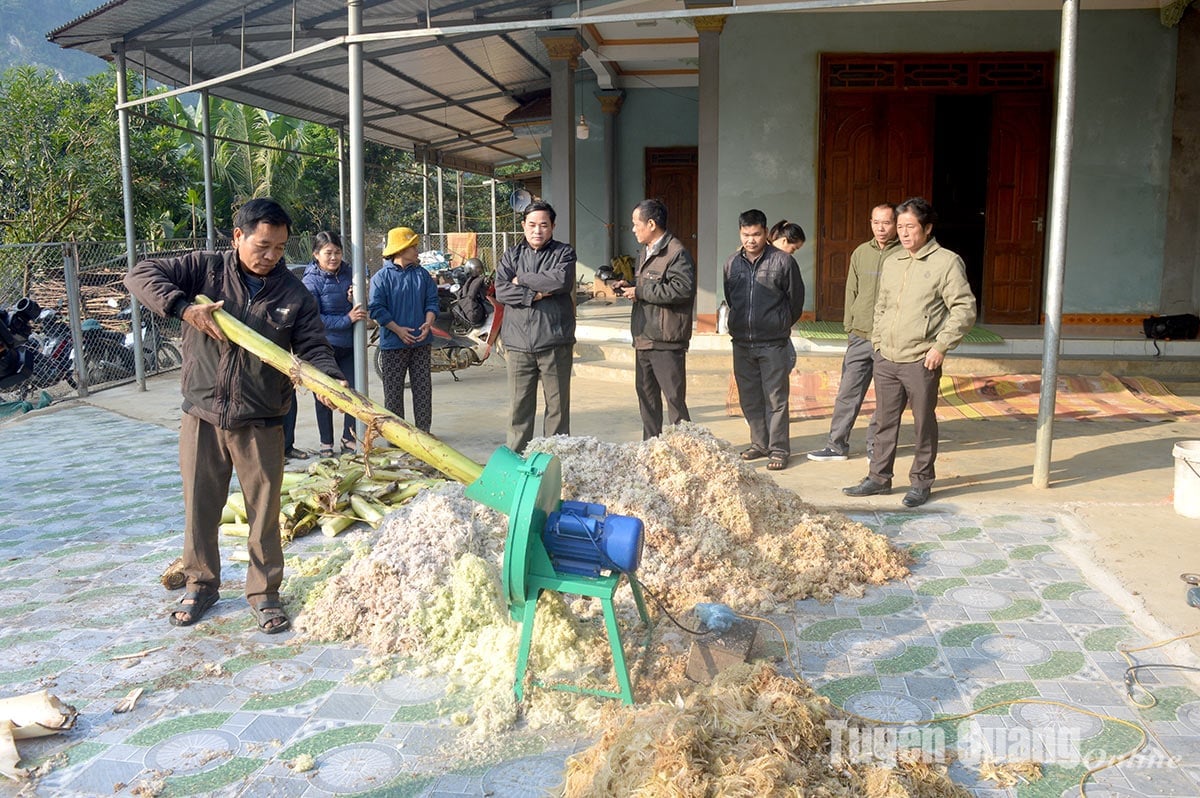
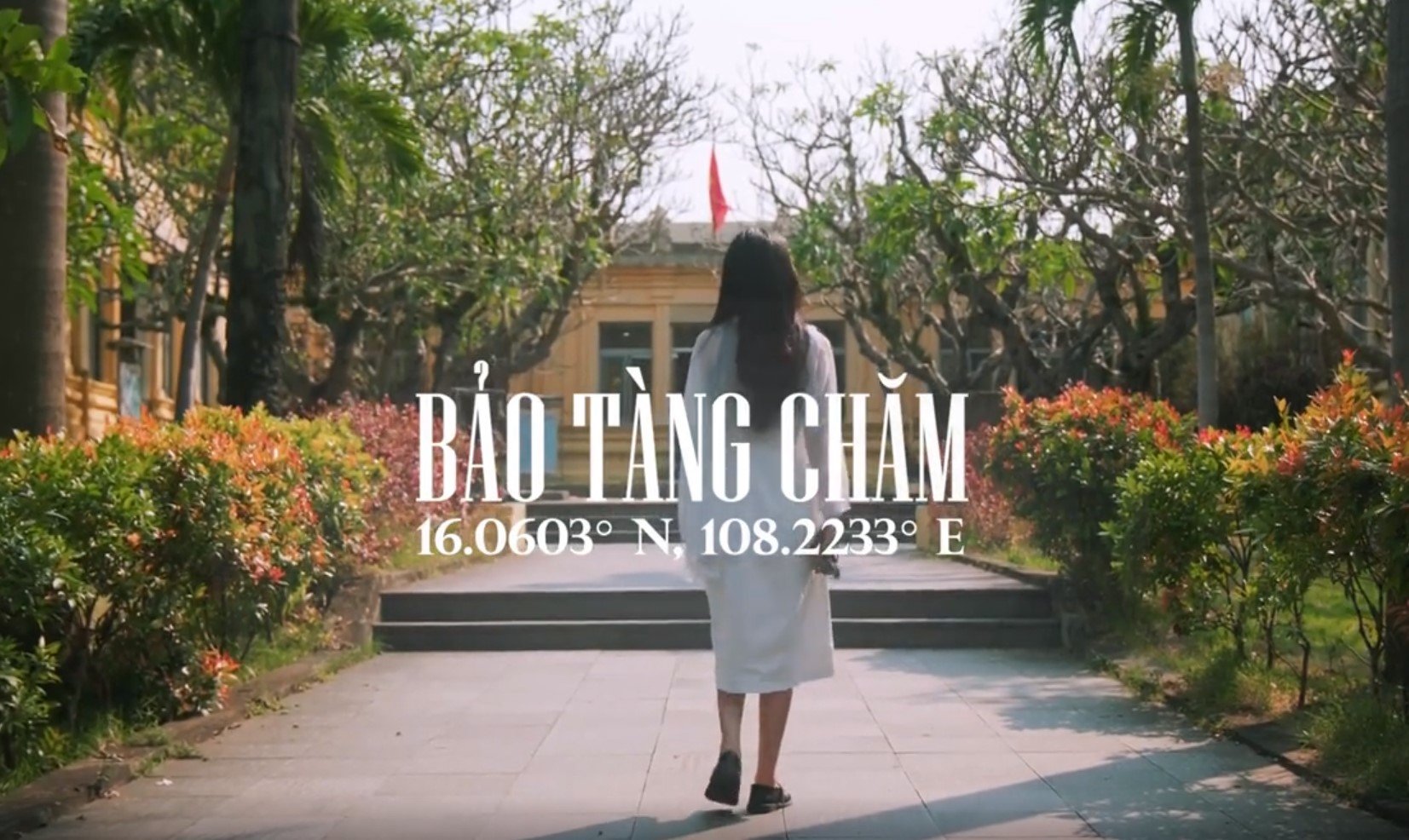
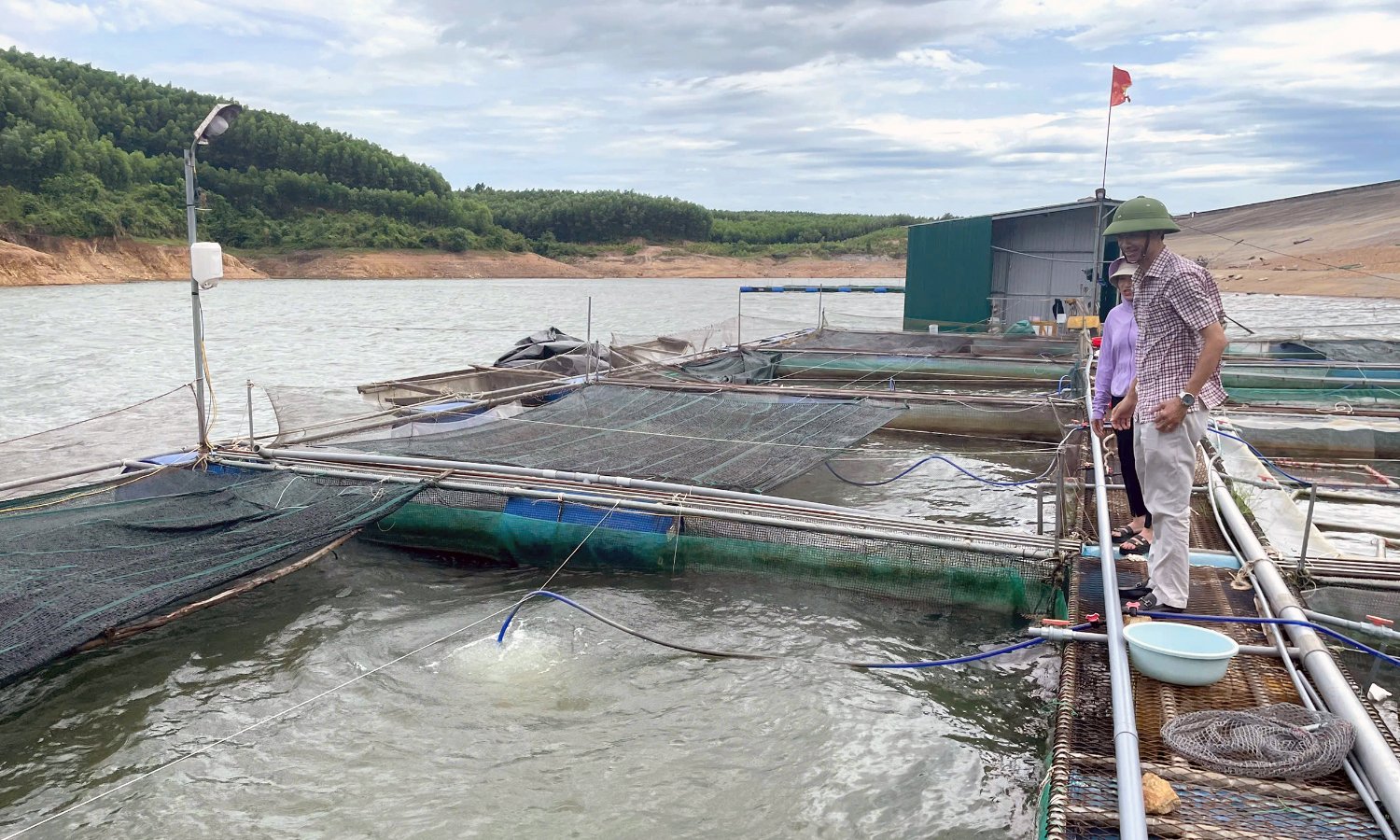
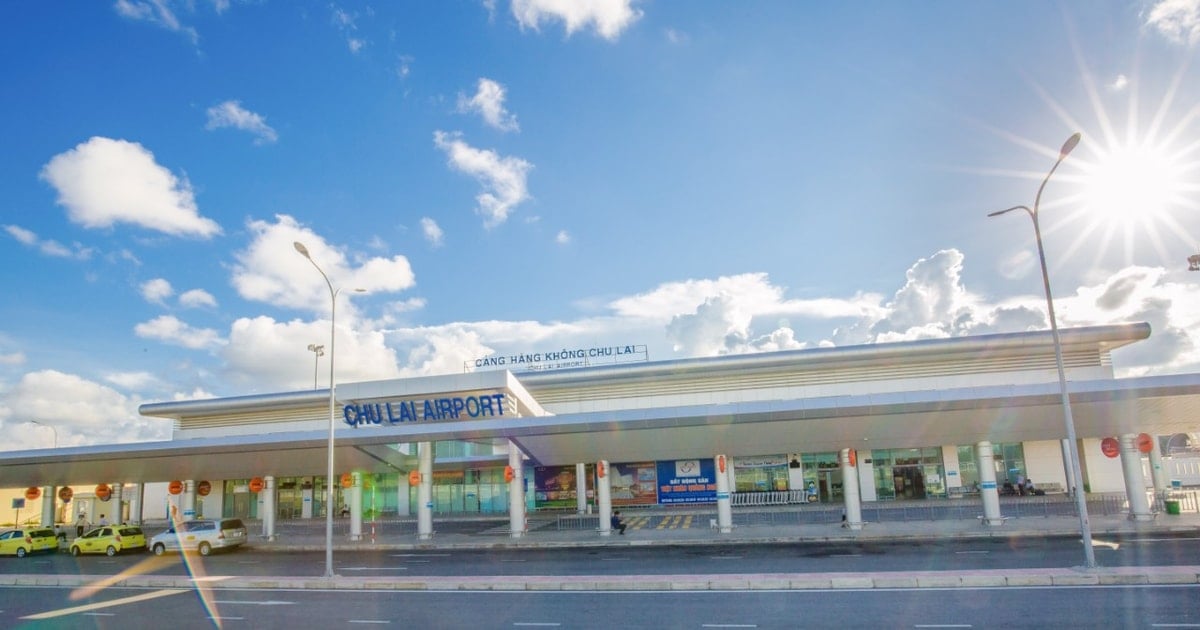


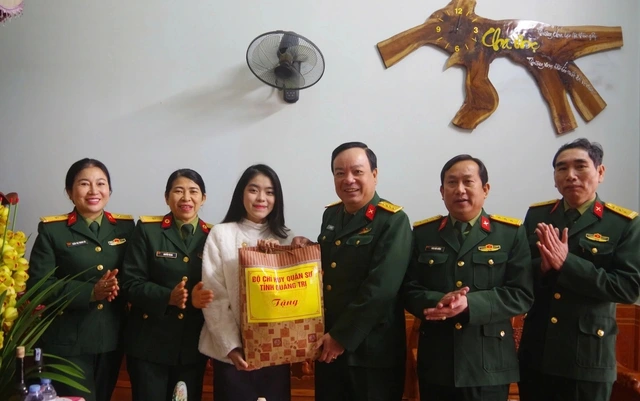

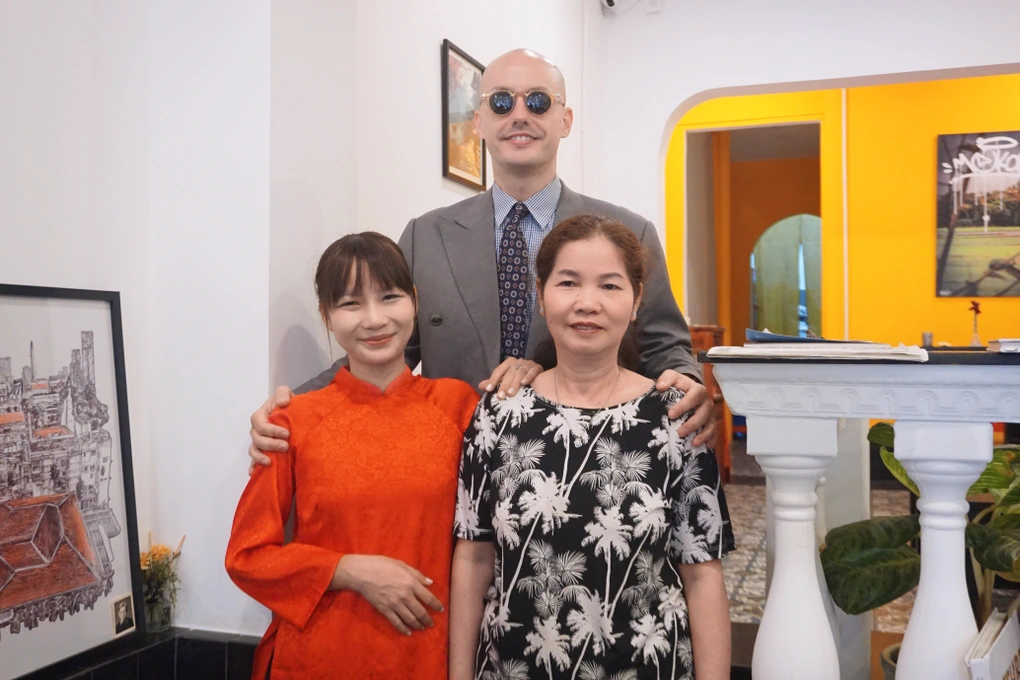

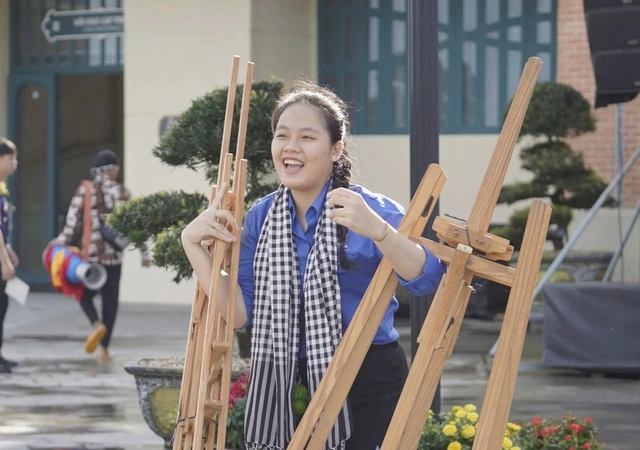


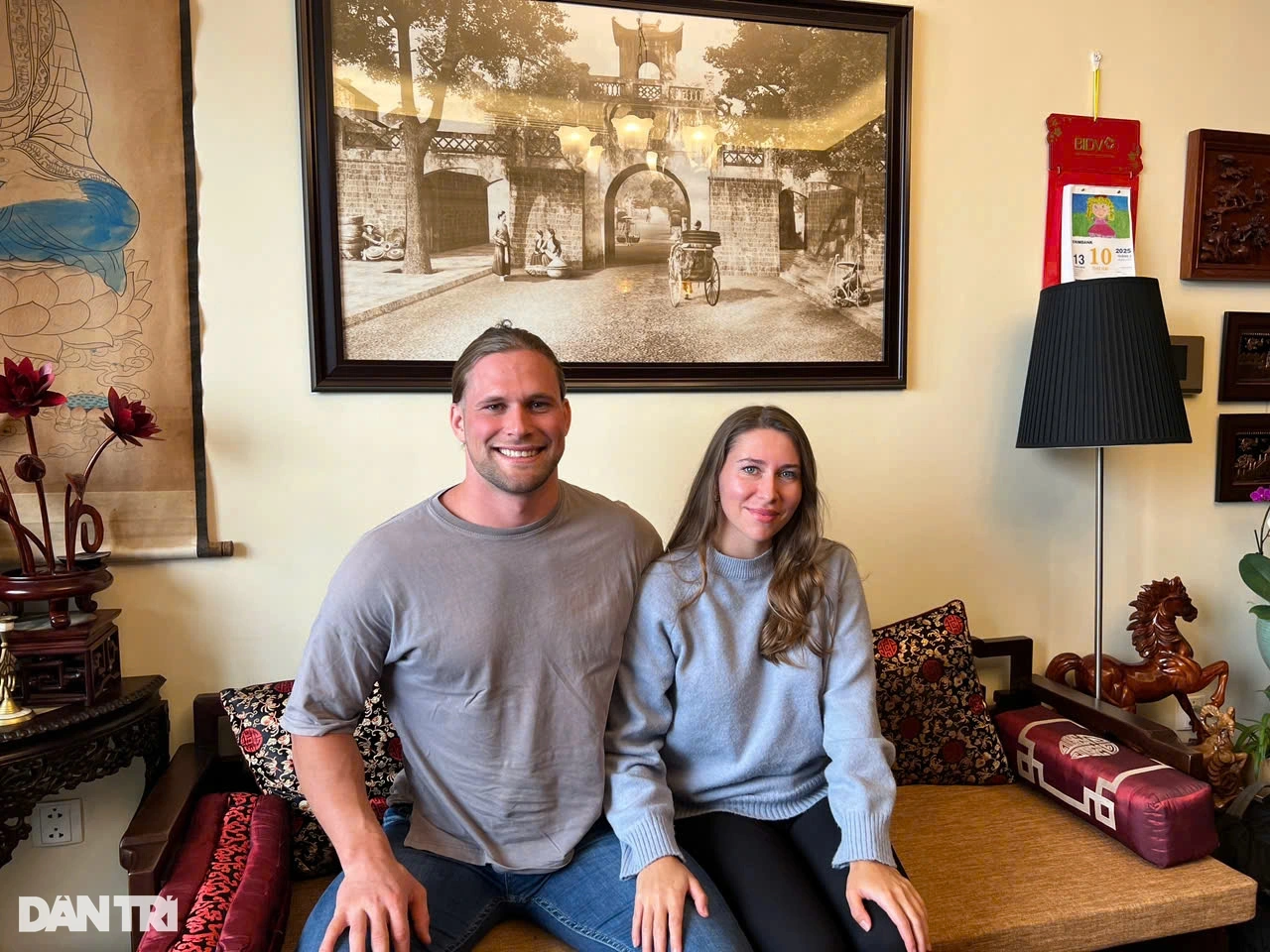




Comment (0)